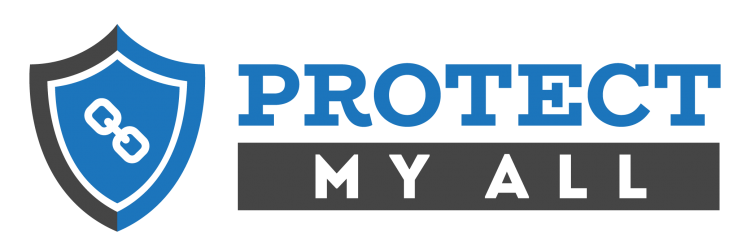In a previous post, I talked about a folder structure for storing pictures and videos. Now let’s look at the methods I use to do the following:
- create additional copies of pictures and videos at home
- backup pictures and videos online
The primary copy of my pictures and videos is located on an external hard drive that is generally connected to my laptop computer. This makes it easy to bring it anywhere but if something were to happen to the hard drive, such as losing it or having it fail, I would lose everything. That is why I have multiple copies.
Copy to another hard drive at home
A few years ago, I set up a device similar to this one. It is a Network Attached Storage (NAS) device. This is a device containing a few hard drives that does not require a computer. It provides hard drive storage space on your existing network.
During the writing of this article, I reviewed the settings on my NAS. When I logged in to check it, I discovered that one of the hard drives in the NAS had failed. This NAS device was configured with 2 hard drives, each 2 TB in size. The NAS is set up as RAID 1, which means that the hard drives are set up to be clones of each other. This is transparent to the user – when you copy files, it keeps the drives in sync. It was just a matter of purchasing a new hard drive, telling the NAS device to detect it, and then it automatically copied all of the data from the good drive to the new one. Having a system like this gives you extra protection from failure. With hard drives, it isn’t a matter of if the drive will fail – it’s when it will fail.
Below is the display on my NAS device showing the failed drive.

It is important to note that I should have known about this failure. This NAS device is set up so it can send emails to notify about problems like this. My email password had changed and I did not update the NAS device. Keeping on top of dependencies like this is important!
Keeping the NAS device in sync
I use a program called FreeFileSync to sync up my pictures and videos from the external hard drive connected to my computer to the NAS device on my home network. This can be either run on demand or scheduled to run every so often. What I like about a sync program is that it only copies what has changed, not the thousands and thousands of pictures that I have. The combination of my external hard drive and backup to the NAS drive means that I don’t have to worry if while I’m out that something happens to my photos and videos.
 a screenshot of FreeFileSync
a screenshot of FreeFileSync
Online Backup
But what if the NAS drive fails? That’s why we need to backup away from the primary location, which in my case is my home. There are many different online backup services and I’ll have more to say about how to choose and what to choose in a future posting.
